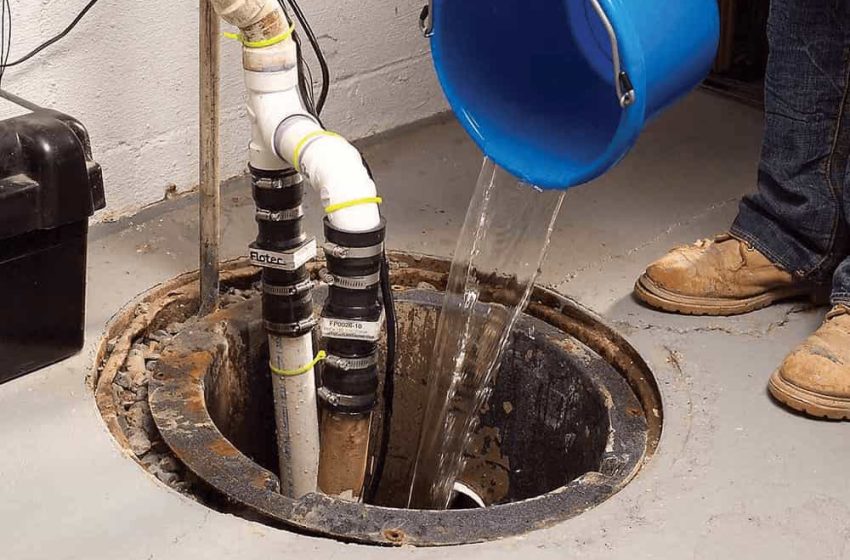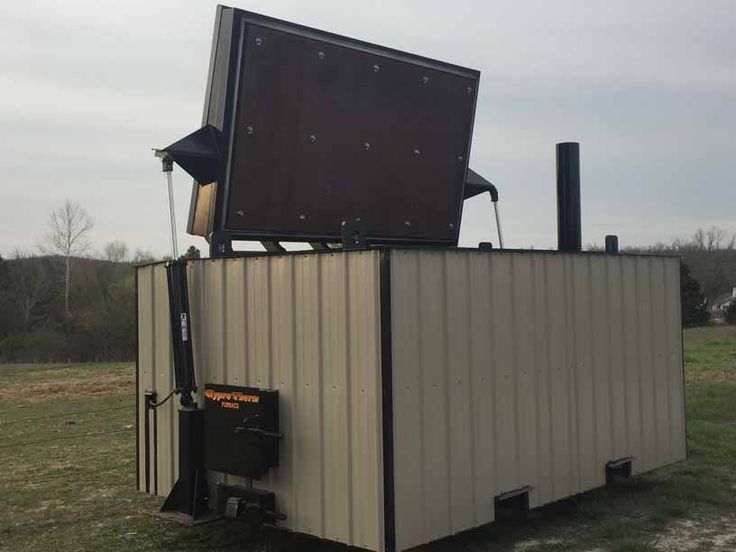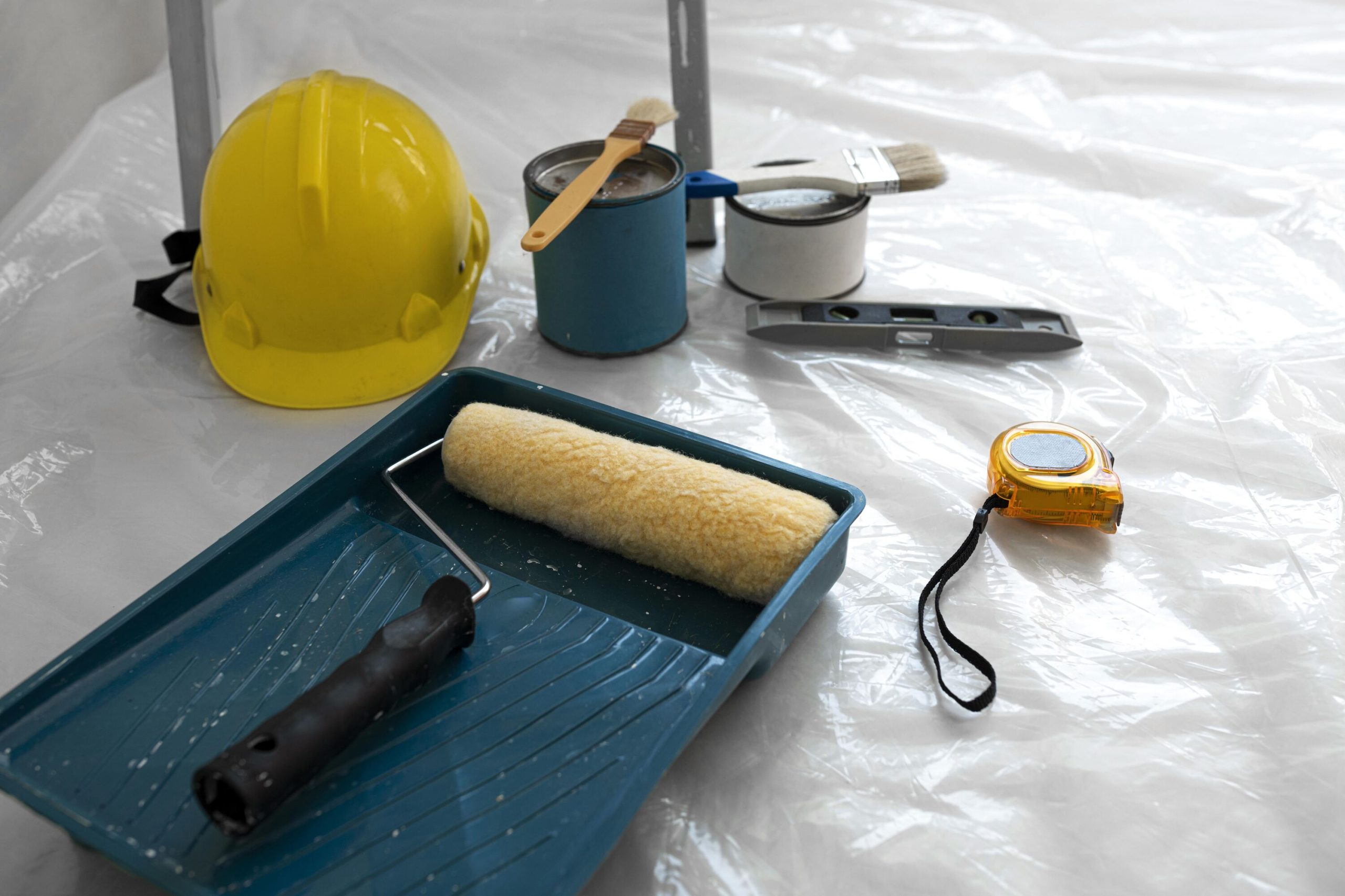What Should You Do If Your Sump Pump Won’t Turn On?

A sump pump is a crucial component for maintaining a dry basement, particularly in areas prone to flooding or heavy rainfall. When your sump pump fails to turn on, it can lead to water accumulation in your basement, causing potential damage to your property and belongings. Understanding what to do when your sump pump won’t turn on is essential for homeowners, especially in regions like sump pump repair Denver, where weather can be unpredictable. This guide provides a step-by-step approach to diagnosing and addressing the issue effectively.
Checking the Power Supply
The first step in troubleshooting a sump pump that won’t turn on is to check the power supply. A sump pump requires a reliable power source to function correctly. Begin by ensuring that the pump is plugged in securely. Sometimes, a loose connection can prevent the pump from receiving power. If the plug appears secure, check the circuit breaker to see if it has tripped. If it has, reset the breaker and try turning the pump back on. In some instances, power issues may arise from the use of extension cords or surge protectors, which can overload the system. It is advisable to connect the sump pump directly to a wall outlet to ensure it receives adequate power.
If your pump is hardwired into the electrical system, you may need to inspect the wiring for any visible damage. Look for frayed cords or signs of wear. If you identify any issues, it’s crucial to consult a licensed electrician to address the electrical problems safely. Ensuring a consistent power supply is vital for the proper functioning of your sump pump, so resolving any electrical issues should be a priority.
Inspecting the Float Switch
Once you have confirmed that the power supply is functioning, the next component to check is the float switch. The float switch is responsible for activating the sump pump when the water level rises in the basin. If the float switch is stuck or obstructed, it may prevent the pump from turning on. Start by inspecting the float for any debris or objects that may be hindering its movement. Clear away any blockages to allow the float to move freely.
You should also check the float mechanism for proper operation. Gently lift the float to see if it activates the pump. If the pump starts when you manually lift the float, the issue may be with the float switch itself. In such cases, replacing the float switch may be necessary to restore functionality. Consult your sump pump’s user manual for specific instructions on how to access and replace the float switch. This simple inspection can often resolve issues with a non-functional sump pump.
Cleaning the Sump Pit and Discharge Pipe
Another common reason for a sump pump failing to activate is the presence of debris or clogs in the sump pit or discharge pipe. Over time, dirt, rocks, and other materials can accumulate in the sump pit, hindering the pump’s ability to function effectively. Regular cleaning of the sump pit is essential for maintaining optimal performance. Start by removing any standing water from the sump pit, allowing you to examine the interior for debris.
Carefully clean out the sump pit, removing any dirt or debris that may have accumulated. Use a wet/dry vacuum or a bucket to remove larger clumps of material. Pay close attention to the area around the pump itself, as this is where clogs can often form. Once the pit is clean, inspect the discharge pipe for blockages. A clogged discharge pipe can prevent water from being expelled properly, causing the pump to become overwhelmed. Clear any debris or obstructions from the discharge pipe to ensure a free flow of water.
Understanding Sump Pump Mechanics for Better Maintenance
Sump pumps are essential devices designed to prevent water accumulation in basements and crawl spaces. To ensure these systems function effectively, it’s important to understand the mechanics behind them. Knowing how various components work together can help homeowners identify potential issues before they become critical. Regular maintenance checks can also prolong the lifespan of your sump pump, ensuring that it operates smoothly when needed.
- A sump pump typically consists of several key components, including the motor, float switch, and check valve.
- Understanding the function of each part can aid in diagnosing problems and implementing proper care.
- Regular maintenance, such as cleaning the sump pit and testing the float switch, is essential for optimal performance.
Common Misconceptions About Sump Pump Functionality
Many homeowners hold misconceptions about sump pumps and their operation. Understanding the truth behind these myths can help you make informed decisions about maintenance and repairs. For instance, some believe that sump pumps are only necessary in areas prone to flooding, while others may think that once installed, no further attention is needed. Awareness of these misconceptions can guide you toward better sump pump care.
- Some people believe sump pumps only need to be checked after heavy rainfall, which can lead to unexpected failures.
- Regular maintenance is critical, regardless of weather conditions or past performance.
- Knowledge about sump pump functions can empower homeowners to take proactive steps in ensuring their efficiency.
The Importance of Professional Help for Sump Pump Issues
While many homeowners are capable of handling basic sump pump maintenance, there are times when professional assistance is necessary. Understanding when to call a professional can save time, money, and potential damage to your property. Certain signs, such as unusual noises or persistent failure to activate, may indicate a more serious problem that requires expert evaluation and repair.
- Professional technicians have the expertise to diagnose complex issues that might not be apparent to homeowners.
- Attempting DIY repairs without proper knowledge can lead to further damage and increased repair costs.
- Investing in professional help ensures that your sump pump is repaired correctly and will function optimally when needed.
Conclusion:
If you have checked the power supply, inspected the float switch, and cleaned the sump pit and discharge pipe but your sump pump still won’t turn on, it may be time to seek professional assistance. Sump pump repair experts in Denver can diagnose and address underlying issues that may not be visible to the average homeowner. There could be mechanical problems within the pump itself, such as a burned-out motor or faulty wiring, that require specialized tools and expertise to repair.
Addressing sump pump issues promptly is essential to prevent water damage to your property. By understanding the steps to take when your sump pump won’t turn on, you can take immediate action to protect your home. Remember, regular maintenance and timely repairs can significantly extend the lifespan of your sump pump and ensure it functions efficiently when you need it most. When in doubt, contacting a qualified professional for sump pump repair in Denver is always a wise choice.




